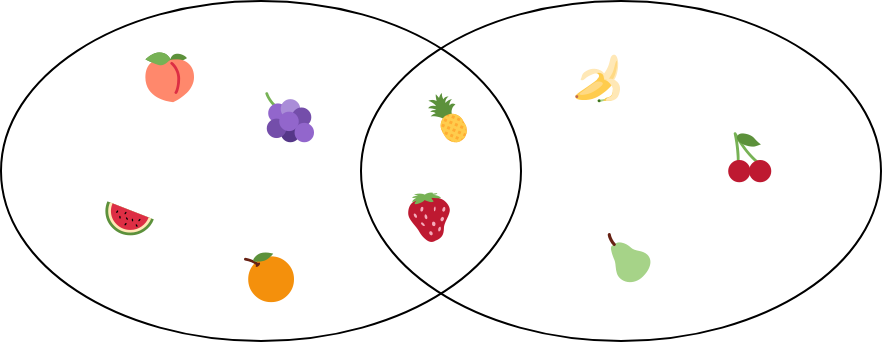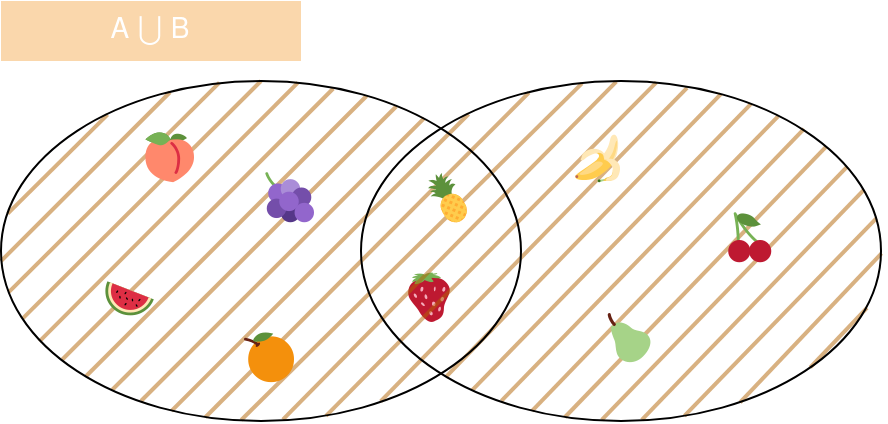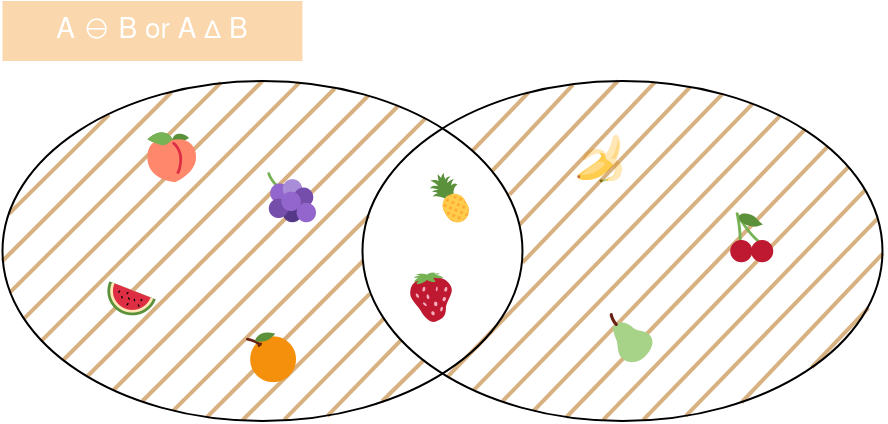Logical Array Operations with JavaScript ES6
By Gonçalo Marantes / Thursday, February 11, 2021 / 5 minutes
#Technical

Are you tired of doing nested for loops and if statements? Surely there must be a better, more readable and efficient way for array manipulation... Worry not, I will tell you the secrets of writing beautiful code. So open up your terminals, get your hacker groove on, it's time to code!
What is a logical operation?
If you have no idea what Relational Algebra or Set Theory is, have no fear, those are just big fancy expressions to make you feel dumb... Or smart depending on which side of the spectrum you reside. 🤓
Either way, logical operations between two sets are just comparisons between the elements of those sets. The result varies on the operation. So you may ask: How many operations are there? Well, I'm glad you asked. The most common operations are:
- Intersection, also known as
AND - Union, also known as
OR - Difference
- Symmetric Difference
Let's get to coding
First let's create two arrays with some random elements
const leftFruit = ['🍇', '🍑', '🍉', '🍊', '🍍', '🍓']
const rightFruit = ['🍌', '🍒', '🍐', '🍍', '🍓']
Now, we can visualize this a bit better if we use a Venn diagram.

We can already start to see some neat stuff we might want to do with these elements.
Intersection

const intersection = leftFruit.filter(x => rightFruit.includes(x))
The filter() method creates a new array with all elements that pass the test provided as a function callback. So for example:
const greaterThan3 = [1, 2, 3, 4, 5, 6, 7, 8].filter(num => num > 3)
console.log(greaterThan3) // [4, 5, 6, 7, 8]
Finally, the includes() method simply returns true if the value provided as argument is part of the array. So going back to our greaterThan3 array:
console.log(greaterThan3) // [4, 5, 6, 7, 8]
console.log(greaterThan3.includes(5)) // true
console.log(greaterThan3.includes(2)) // false
Union

// does not work (causes duplicates)
const union = [...leftFruit, ...rightFruit]
This one is a bit tricky, because we don't want any duplicate elements in our resulting array. That's where the Set Object comes in. A value in a Set instance can only occur once, so it is unique.
So, we can easily concatenate our two arrays either by using the sexy spread operator or the concat method.
// use set :)
const union = [...new Set([...leftFruit, ...rightFruit])]
Difference

const difference = leftFruit.filter(x => !rightFruit.includes(x))
Symmetric Difference

const leftDifference = leftFruit.filter(x => !rightFruit.includes(x))
const rightDifference = rightFruit.filter(x => !leftFruit.includes(x))
const symmetricDifference = [...leftDifference, ...rightDifference]
Final Regards
I know there are quite a few more operations we can perform using arrays and sets. But for know having these code snippets saved somewhere as saved me a lot of wasted time looking for a good solution to my problems.
Do you have any other way of solving these problems? Don't hesitate to contact me! 😎